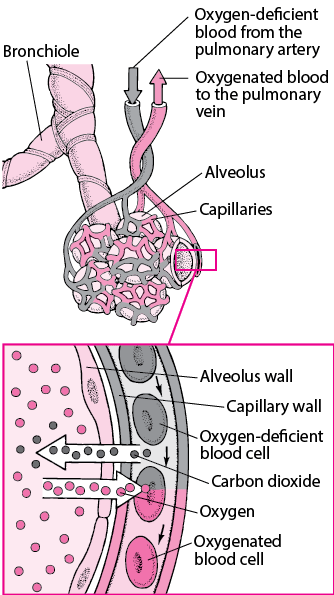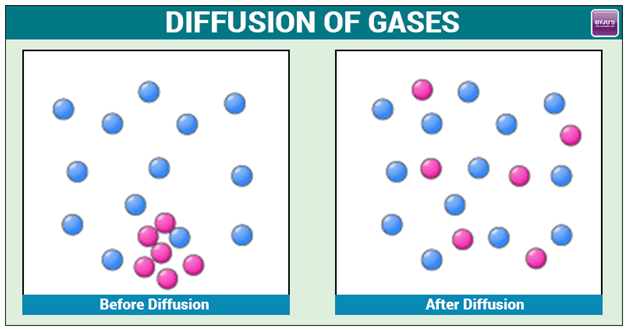How Oxygen Gets Into Your Body From The Environment
Published (updated: ).

Our lungs are among our largest vital organs. The oxygen you breathe in goes into your lungs and passes into your blood from there. It is then transported to all the cells in your body through your bloodstream. The lungs are located in the chest region, protected by the ribs in the rib cage. Their structure can be compared to that of an upside-down tree: The windpipe branches into two airways called bronchi, which lead to the lungs. Inside the lungs, the airways keep branching into narrower airways until the air sacs are reached.
The Mind Blowing Respiratory Circulatory System

Imagine, a place in the body where blood vessels are on top of skin. Imagine those blood vessels being so small that gasses from the environment (21% of which is oxygen) can move through the blood vessel walls and attach themselves to red blood cells. Also, carbon dioxide in the body (the waste product of aerobic metabolism) can move through the blood vessel walls. The gasses move through the blood vessel walls through the process of diffusion.

Diffusion is the movement of a solute (in this case, oxygen and carbon dioxide in gaseous form) from an area of greater solute concentration (air from the atmosphere) to lesser solute concentration (oxygen depleted red blood cells in the blood stream passing through the pulmonary circulatory system).
The Carrier: Red Blood Cells

The red blood cell is the cell primarily responsible for carrying oxygen and carbon dioxide to and from cells. This gas carrying capability is conveyed in it’s structure containing hemoglobin. Hemoglobin is a chain of protein molecules that contain iron. When iron and oxygen combine, oxidation occurs. Oxidation of iron is nothing revolutionary as it’s seen everyday in the form of rust.

